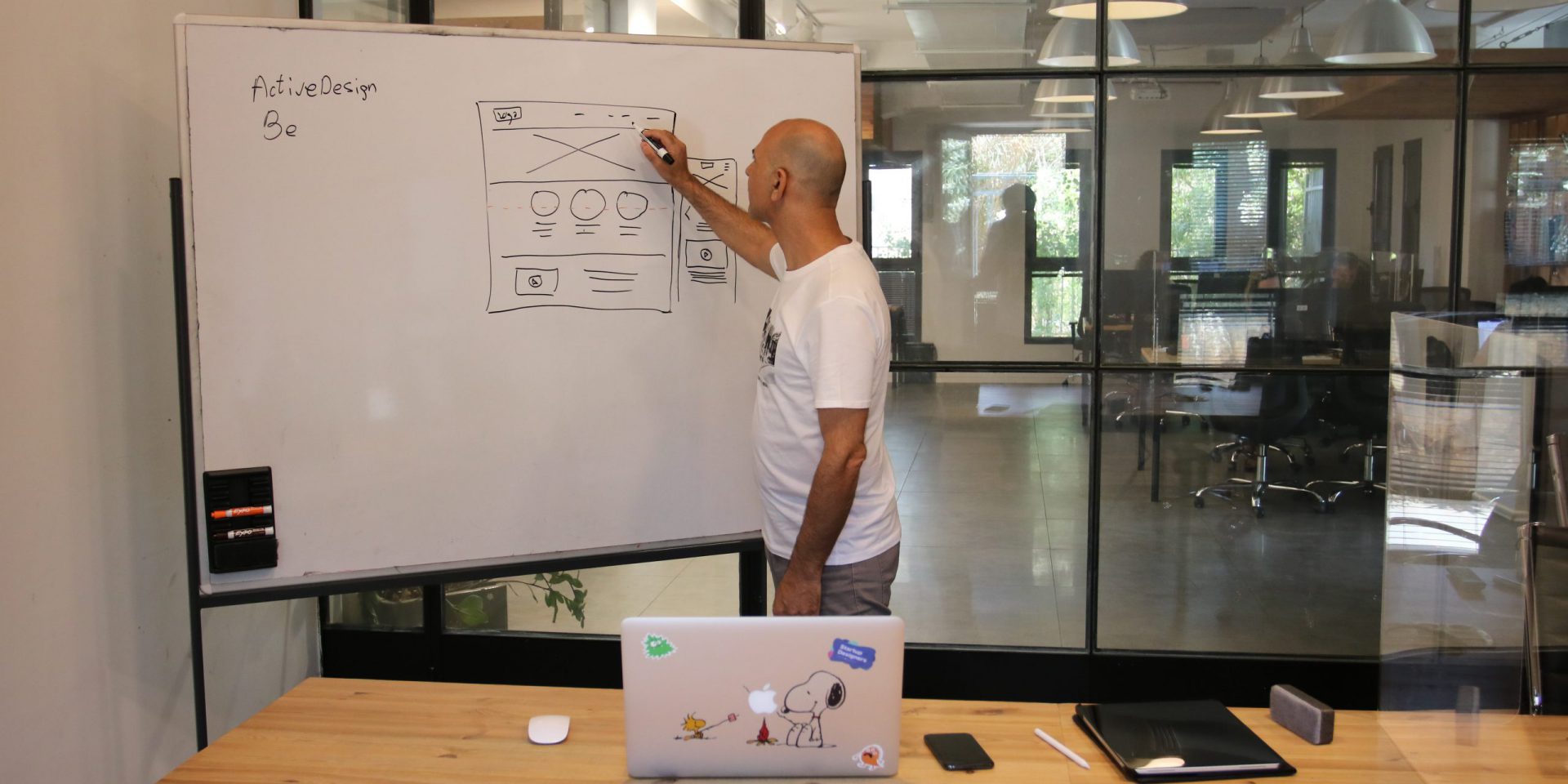There is plenty of knowledge what makes a product great, but what specific skills can you as a product owner hone to increase the probability of success for any new product?
Define the right scope

New ideas should be tested lean and fast to get user feedback quickly. On the other hand, your product needs to be solid enough to test your main hypotheses effectively and already provide enough value to your customers.
So how can we make sure we build the right features and build exactly what we need but not more?
To deal with this trade-off effectively, it is recommended to collect as many data points as possible before you build the actual tech product. For instance, you can investigate market and competition, interview potential customers, and often test the idea further with smoke tests, prototypes, etc.
As a result you establish high confidence in the market attractiveness of our idea. Plus, it helps us to get a good understanding of the product you want to build.
Still at some point it is time to build your first product version (“MVP”) that allows you to get real transactions. The following 2 methods are useful for prioritizing a list of features.
MoSCoW method
It can be helpful to differentiate between features the end users will use and those only your back office will use. The former you might want to implement right away to ensure a great user experience from the beginning. The latter (e.g. order fulfilment, invoice creation, reports) can often be done manually in the beginning as long as the number of active users is small.
One lean method to prioritize a list of features or user stories is the MOSCOW method. Through several iterations you can narrow down the features that are real MUST-haves. Through repeatedly challenging your must-haves, you often realize that many features are rather NICE-to-haves than actual must-haves for your initial product launch.
ICE Score
Another useful prioritization method is to calculate a feature score based on the following dimensions:
- Potential impact (1 = low, 5 = high)
- Potential effort (1 = high, 5 = small)
- Confidence level (1 = low, 5 = high)
The higher the total score the more relevant the feature. The confidence level gives an indication how “sure” you are that this feature will have a positive impact for the user. You might have collected research data about this or you came across the underlying user need in early user feedback sessions.
Finally, for all features always try to answer the following question:
What problem will this solve for our customers?
This ensures to assess the feature from a customer’s point of view.
Hands-on no-code tool expertise

In recent years no-code solutions became popular. Available tools, workshops, and user adoption have significantly increased. Some examples for no-code apps are webflow.com, bubble.io, adalo.com, boundlesslabs.com, or openasapp.net.
Their common goal: to enable anyone to create beautiful and advanced web and mobile applications without writing a single line of code.
The concept per se is nothing new. WordPress today enables their users to not only launch blogs but full websites with a variety of use cases.
The more common the use case of your product is, the more sense it can make to build the initial version of your product with a no-code tool instead of building it right away with your tech team.
With no-code tools you are more flexible while you are building it, and more importantly, if the product is not successful you have not wasted time to build a customized tech solution. Additionally you can often launch your first product version much faster and thus speed up the time-to-market.
With no-code tools products owners can become true “builders”: they have more control in how to build the product, are not dependent on tech resources, and can acquire tech-related skills (e.g. HTML/CSS, APIs).
Here are some examples of what we had built with no-code tools during my time at Stryber:
- B2C E-commerce shop with Shopify, launched within 1 week
- B2B marketplace with Shopify, launched within 2 weeks
- HR talent sharing service with Bubble.io within 2 weeks (setup own database, form where users could submit data, search feature to get results from database, email notifications)
- Online video consultation service version 1.0 with WordPress plus Calendly and Stripe Integration within 2 weeks, version 2.0 with Bubble.io (creating our own database and connecting external APIs) within 3 weeks
Note that for all examples decent HTML and CSS skills were essential to ensure a great product UX and UI on desktop and mobile.
Focus on traction post-launch

You have now built “MVP 1.0” and went live. It is tempting to start thinking about “MVP 2.0” and which features to add.
However, I made the experience that something else should concern you much more: Traction.
After all your effort to build a great product and your excitement for the launch, disillusionment will often follow.
Few to none buy or sign up for your service. You burn money on paid ads. Traction does not come easy and requires hustling. Your new brand is unknown. Thus users might not trust your new offering or they might not understand your product or why they need it.
Depending on your specific business, the following ideas can be effective to convert users:
- Create a compelling offer they cannot refuse: Allow new users to test your product without risk (and commitment), especially for subscription products.
- Educate users first: Build an education funnel about the problem you solve to build trust before selling them your solution.
- Sell offline: Reach out to your potential buyers locally. Once they know you and like you, they will come to your online shop for future orders.
- Test different sales messages, constantly.
Post-launch, focus all your efforts around customer acquisition through conducting A/B tests, supporting offline sales activities, and analyzing conversion funnels.
Truly understand your users

Finally, to build a successful product you should constantly learn more about your users. This process already started much earlier when the idea was born, continues while you build the product, and does not end once the product went live.
I could write a separate article on usability tests alone, so I keep it short in this one. Some questions you might want to ask your first users:
- How was their overall product experience?
- Did they understand our offering right away?
- Did they get lost somewhere in the sign-up process? Why?
- What did they miss?
- What did they particularly like?
Make sure to use a structured interview process to get useful results.
Combine the feedback you get from your users with the results you get from analytics tools like Google Analytics to derive concrete actions on how to improve the product.
What skills helped you in launching your greenfield product? Let me know in the comments section.


